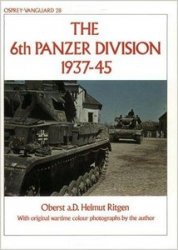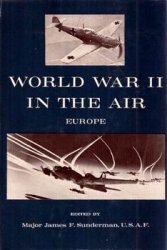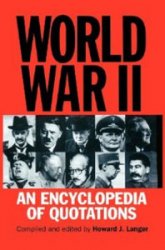Rationing can reduce evasion when prices are held below their free market equilibrium. A consumer who is assured at least a bare minimum is less likely to enter the black market than a consumer who is in danger of being left without anything in a mad scramble for supplies. Moreover, a company that must be able to show the authorities ration tickets corresponding to the output it has sold will find it more difficult to divert supplies to the black market. In some cases, rationing was undertaken to achieve particular policy goals. Gasoline was rationed, for example, to reduce the use of automobile and truck tires, which were in short supply because of the rubber shortage. The real purpose of government programs, thus, was sometime difficult for the public to understand. A well-publicized campaign to save and recycle cooking fat, for example, led consumers to believe that the fat was needed to make a chemical crucial to the war effort. The real purpose, however, was to increase the supply of fat for making soap because manufacturers feared that if soap was rationed during the war some consumers would continue to buy less afterward (Rockoff 2007).
The simplest form of rationing was a ticket entitling the holder to buy a certain quantity of a certain good that was surrendered when the good was purchased. Tires, the first commodity rationed, were handled in this way. Under the red-point system for meats and fats, however, the consumer was periodically supplied with a certain number of points. Each good was assigned a point price, and the consumer could choose among rationed items as long as he or she had enough ration points.
Balancing the supply of goods and the number of ration tickets or points was no easy matter. To make the red-point system operate more smoothly, the OPA issued red-point tokens that could be taken as change and stored for use at a later date. By late 1944, surveys showed that consumers had stored up large quantities of these tokens, and the OPA feared a run on the stores that would leave shelves bare and confidence in the rationing program shaken. To regain control, OPA canceled all outstanding ration tokens, a move that cost the agency a great deal of public support. In 1945, as the war came to a close, most of the rationing programs were discontinued, a highly popular decision.
When legislation authorizing price controls expired in June 1946, Congress passed a new law. It was so riddled with loopholes that President Truman vetoed it in the hope that a strong dose of inflation would force Congress to pass a stiffer measure. Eventually, legislation was passed that permitted the re-control of selected prices. When meat prices were re-controlled, ranchers withheld their animals from the market—after all, it was clear that price controls were on the way out and that prices could only go higher— and the result was a meat shortage. Faced with outraged consumers on one hand and recommendations that he nationalize the nation’s cattle herds on the other, Truman decided to terminate price controls for good.




 World History
World History









